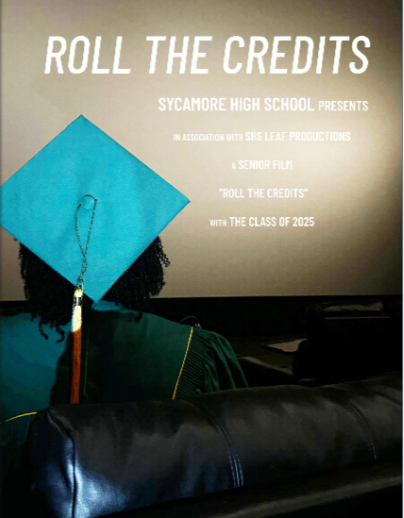Looking for your own Romeo or Juliet
‘But my true love is grown to such excess, I cannot sum up sum of half my wealth’
May 6, 2015
“It is a force more formidable than any other. It is invisible – it cannot be seen or measured, yet it is powerful enough to transform you in a moment, and offer you more joy than any material possession could.”
These words were once spoken by relationship consultant Barbara de Angelis when asked about the meaning of love.
From Romeo and Juliet to Cupid’s arrows, romantic love is a topic that is popularly featured in movies, books, songs, and poems. But how do people fall in love?
Cupid’s arrows
When it comes to being in love, people are at the mercy of their biochemistry. According to Helen Fisher, a well-known researcher in this area, a person falls in love in three stages.
The first stage is lust. This is driven by the hormones that “get you out looking for anything,” as Fisher told BBC News.
So the scientifically accurate term to use instead of “love at first sight” is “lust at first sight.”
In love
Next comes attraction. This is the “love-struck” phase, when people fall in love and can think of nothing else. A group of neuro-transmitters called monoamines play an important role in this stage. These are the chemicals dopamine, norepinephrine, and serotonin.
Dopamine stimulates the “desire and reward” part of the brain by triggering an intense rush of pleasure. It is the same chemical that is activated by cocaine and chocolate.
This explains why love a person may feel “addicted” to seeing their beloved.
A surge of dopamine in the brain also excites the nerve endings in the eyes, causing the muscles to contract and dilating the pupils.
Flushed cheeks, clammy hands, and a racing heart are all outward signs of being in love. The reason behind these is with the chemical norepinephrine, more commonly known as adrenalin.
Serotonin may explain why people can only think of their partner when they are in love.
An experiment in Pisa, Italy, conducted by psychiatrist Dr. Donatella Marazziti, looked at twenty couples who had been in love for less than six months.
By analyzing blood samples from the lovers, Marazziti discovered that their serotonin levels were equivalent to the low serotonin levels of Obsessive Compulsive Disorder patients. So, early love really does change the way people think.
Marry me, or maybe not
The last phase is attachment. This determines if a relationship is going to last. Attachment is a longer lasting commitment between two people; it is the bond that keeps couples together when they go on to start a family and have children.
“The hope for everyone is that they will all find someone to love and cherish, to form an unbreakable bond,” freshman Shruti Mishra said.
How to fall in love
“I think that love is simple yet complicated. There’s no rhyme or reason to falling in love with a certain person,” sophomore Lisa Zhou said.
It may seem that way, but psychologists have determined that it takes between 90 seconds and four minutes to decide if a person likes someone.
Their research has determined that 55 percent is through body language, 38 percent is the tone and speed of a person’s voice, and seven percent is through what the person says.
So, how do you fall in love?
New York psychologist Professor Arthur Arun answered this question with the following three steps.
First, find a complete stranger. Reveal to each other intimate details about your lives for 30 minutes. Then, stare deeply into each other’s eyes without talking for four minutes.







